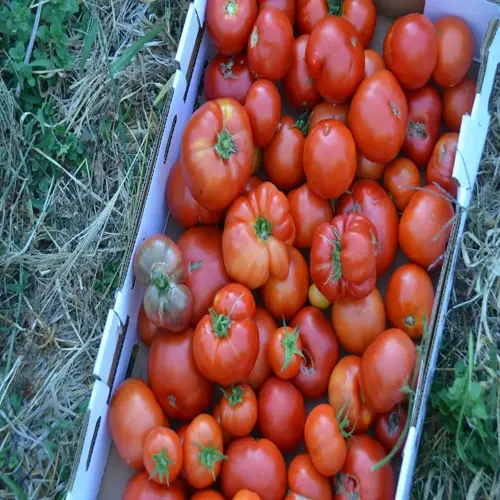Can I aerate my lawn during summer?

Written by
Benjamin Miller
Reviewed by
Prof. Samuel Fitzgerald, Ph.D.Aeration in the summer comes with risks that require caution. Warm-season grasses, such as Bermuda or Zoysia, can withstand treatment in the summer during active growth. Cool-season varieties such as Kentucky bluegrass suffer extreme stress in the summer heat. I know this because I damaged my fescue lawn by aerating it in July.
Moisture Management
- Irrigate deeply 24 hours before aerating
- Avoid waterlogged soil to prevent compaction
- Schedule early morning sessions to retain moisture
Heat Stress Prevention
- Skip days with air temperatures above 90°F (32°C)
- Provide afternoon shade for vulnerable areas
- Apply anti-transpirant spray post-aeration
Recovery Protocol
- Water immediately after with 1" (2.5 cm)
- Apply seaweed extract to boost root recovery
- Delay mowing for 3 weeks minimum
Soil temperature determines summer aeration safety. A probe thermometer checks the soil temperature at a depth of 4 inches, at the root level. Warm-season grasses can handle soil temperatures of 75-90°F, but cool-season ones can weaken or die off quickly above 65°F. I confirm hourly forecasts and skip days with heat advisories.
Drought conditions cancel summer aeration automatically. Dry soil resists plug removal, which can damage aerator tines, and the grass is so dry that it won't have enough energy to recover its roots. Once the rains are consistent again, we can move ahead or irrigate several days in advance.
Timing is everything to avoid permanent damage. Warm-season grasses can recover with ample water in 2 to 3 weeks. Yellowing can linger for months in cool grasses that are properly aerated in summer. Play it safe and wait until fall or spring when in any doubt. Waiting gives your lawn a better chance while your turf investment is protected.
Read the full article: How to Aerate Lawn: The Complete Guide

